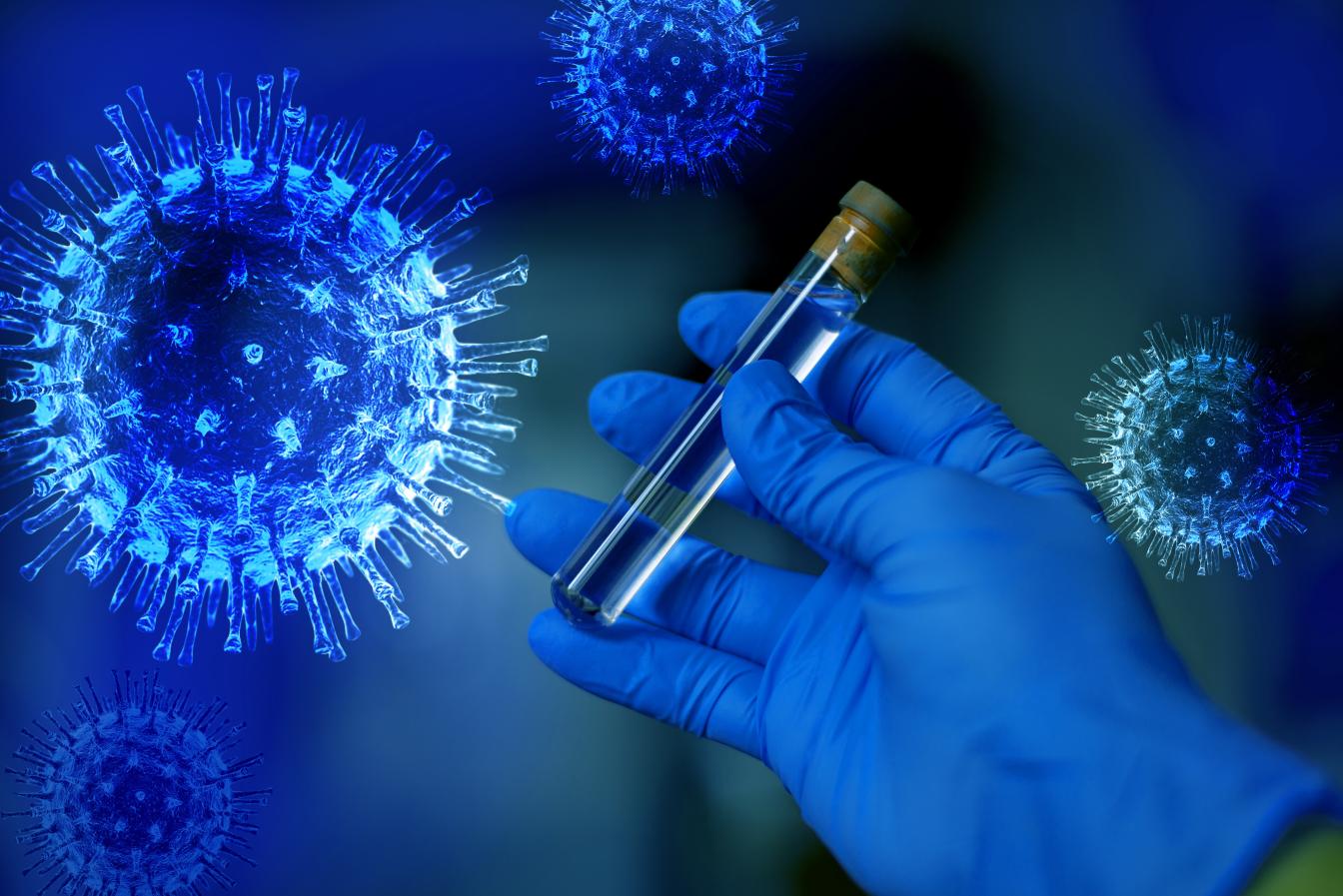
COVID-19: How using LIMS makes the difference
Sep 9, 2021 • 4 minutes
In December 2019, in Wuhan, China, unusual pneumonia cases are detected and raise. A new virus from the coronavirus family has emerged, named SARS-CoV-2 as today. A new challenge for scientists who better need to have all the chances on their side.
Coronaviruses have already been responsible for epidemics as SARS (2003) and MERS (2012). In 2020, COVID-19 (the disease caused by the SARS-CoV-2) is growing considerably, as nobody can imagine. Hospitals, analysis laboratories, research structures, big pharma... All entities in the medical field mobilized to front a monumental workload. Here is how the usage of a Laboratory Information Management System (LIMS) makes the difference for most of them.

A massive quantity of data to manage
From the first day of the epidemic, a huge amount of patients samples have been collected to be analyzed. More the epidemic grows - transforming into a global pandemic - more the quantity of samples to store, and their related information to be kept, became huge for the laboratories. In this context, the LIMS, thanks to its user-friendly interface and intuitiveness, allows relieving the workload. A reduction of admin tasks gives more time for samples processing and results in outcomes.
Very quickly, in addition to the patient samples, the rapid test of the contact person became more and more systematic. Which means even more samples to receive and analyze. For several months, cohorts of vaccinees have also been added to the list.
The amount of data is such that it is difficult to efficiently manage all the information without a dedicated informatics tool. Some LIMS, thanks to their quick and easy deployment, were adopted by laboratories in the middle of the pandemic.
Unknown virus: the importance of tracking
From its first emergence, the SARS-CoV-2 is a virus that nobody really knows: can it spread easily, is it really dangerous, how long it survives? For the scientific staff, who handle the virus or patients samples, there is a risk and every contact needs to be tracked and recorded.
The LIMS has an audit trail that links every action to individual users. It is retrospectively possible to retrieve who used the material and when. This tracking ensures the safety of the staff.
As of today, quick discoveries made by scientists gave a better knowledge of the SARS-CoV-2. However, much is still unknown. The emergence of mutants viruses raised new challenges. A LIMS, with its capacity to store information, cross-check them and which can be consulted anytime, is the perfect tool to follow-up and back-track the hazardous resources in the lab.
LIMS in times of remote work
The pandemic encouraged many labs to reduce the presence of staff at work. Most of them bet on COVID-19 work (at the expense of other crucial research), some of them worked in a split team. How to ensure a good relay between teams?
The LIMS can fulfill this expectation. Because all information is stored in one place and can be consulted by all team members, it makes communication much easier. Stocks are updated in real-time, as well as the information related.
The procedures are standardized and reproducible thanks to the LIMS. More time can be dedicated to science and its results during a virtual meeting, and less is wasted on the difficulty to locate samples and reagents.

Science takes a turn during the COVID-19 pandemic. New technologies developed during the last decade helped the rapid identification of the SARS-CoV-2 and the vaccine development in a record time. However, the amount of data to manage was underestimated. For laboratories using a LIMS, this difficulty has been limited. For those that did not have a LIMS yet, they identified the lack and will be ready for the next epidemic.

